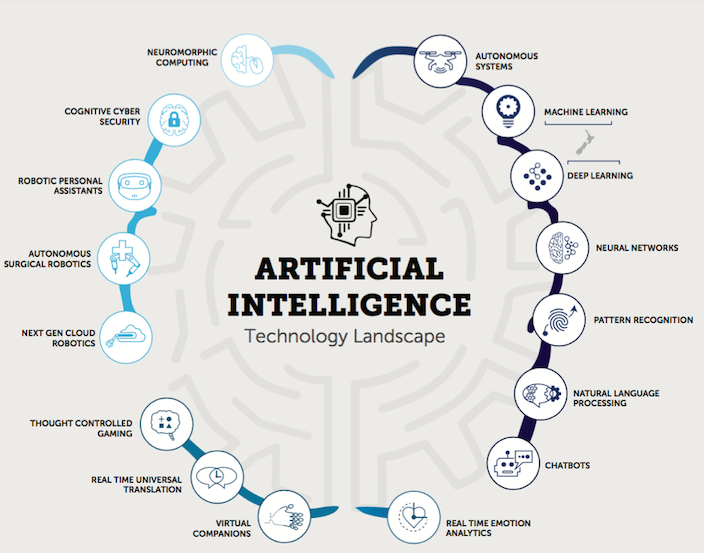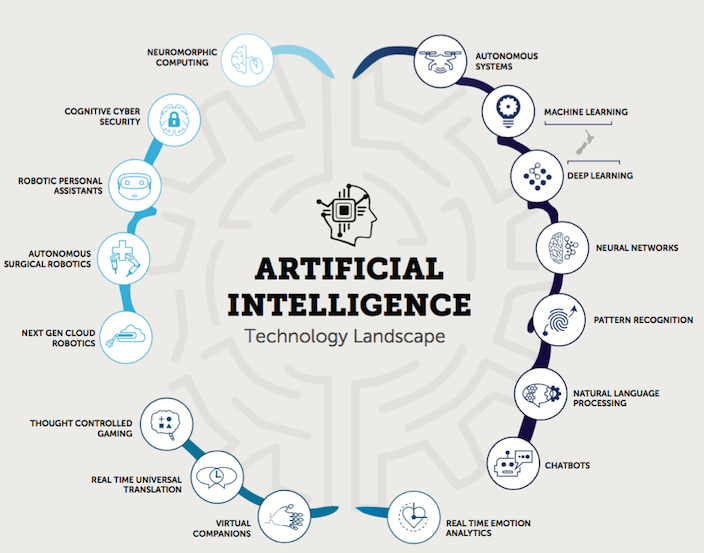There are two types of Machine Learning, the supervised and the unsupervised. Know their differences, the features and what they are used for in practice.
Machine Learning is one of the most trending technologies in the field of artificial intelligence. It involves the use of algorithms that allow machines to learn by imitating the way humans learn. There are two main types of Machine Learning, the supervised Machine Learning and the unsupervised Machine Learning. Here we explain the differences between these two large groups, their features and what they are used for.
Supervised Machine Learning
This type of Machine Learning uses algorithms that "learn" from the data entered by a person. In supervised Machine Learning:
- Human intervention is needed to label, classify and enter the data in the algorithm.
- The algorithm generates expected output data, since the input has been labeled and classified by someone.
- There are two types of data that can be introduced in the algorithm:
- Classification: classify an object within different classes. For instance, to determine if a patient is sick or if an email is spam.
- Regression: predict a numerical value. It would be the case of the prices of a house when choosing different options or the demand of occupation of a hotel.
- Some practical applications of this type of Machine Learning:
- Predicting the cost of an accident in the case of insurance companies.
- The detection of bank fraud by financial entities.
- The forecast of breakdown in the machinery of a company.
Unsupervised Machine Learning
Unlike the previous case, there is no human intervention in this type of Machine Learning. Here the algorithms learn from data with untagged elements looking for patterns between them. In this case:
- Input data is entered without labeling.
- There’s no need of human intervention.
- There are two types of algorithms for unsupervised Machine Learning:
- Clustering: classifies the output data into groups. This is the case of customer segmentations according to what they have purchased.
- Association: discover rules within the data set. For instance, those customers who buy a car also take out insurance, which is why the algorithm detects this rule.
- There are other practical cases in which this type of Machine Learning is used:
- The segmentation of clients in a bank.
- The classification of patients in a hospital.
- The system of content recommendations according to the user's consumption in streaming video platforms.

A wide variety of options
Both supervised Machine Learning and unsupervised Machine Learning have answers to diverse problems that may arise in all kinds of organizations. The possibilities of Machine Learning are very broad, and each user may be interested in one type, the other or both at the same time. This type of artificial intelligence is an upward trend and will continue to provide solutions for business needs of all kinds.
Would you like to learn more about machine learning and how you can apply it in your company? Contact us!



